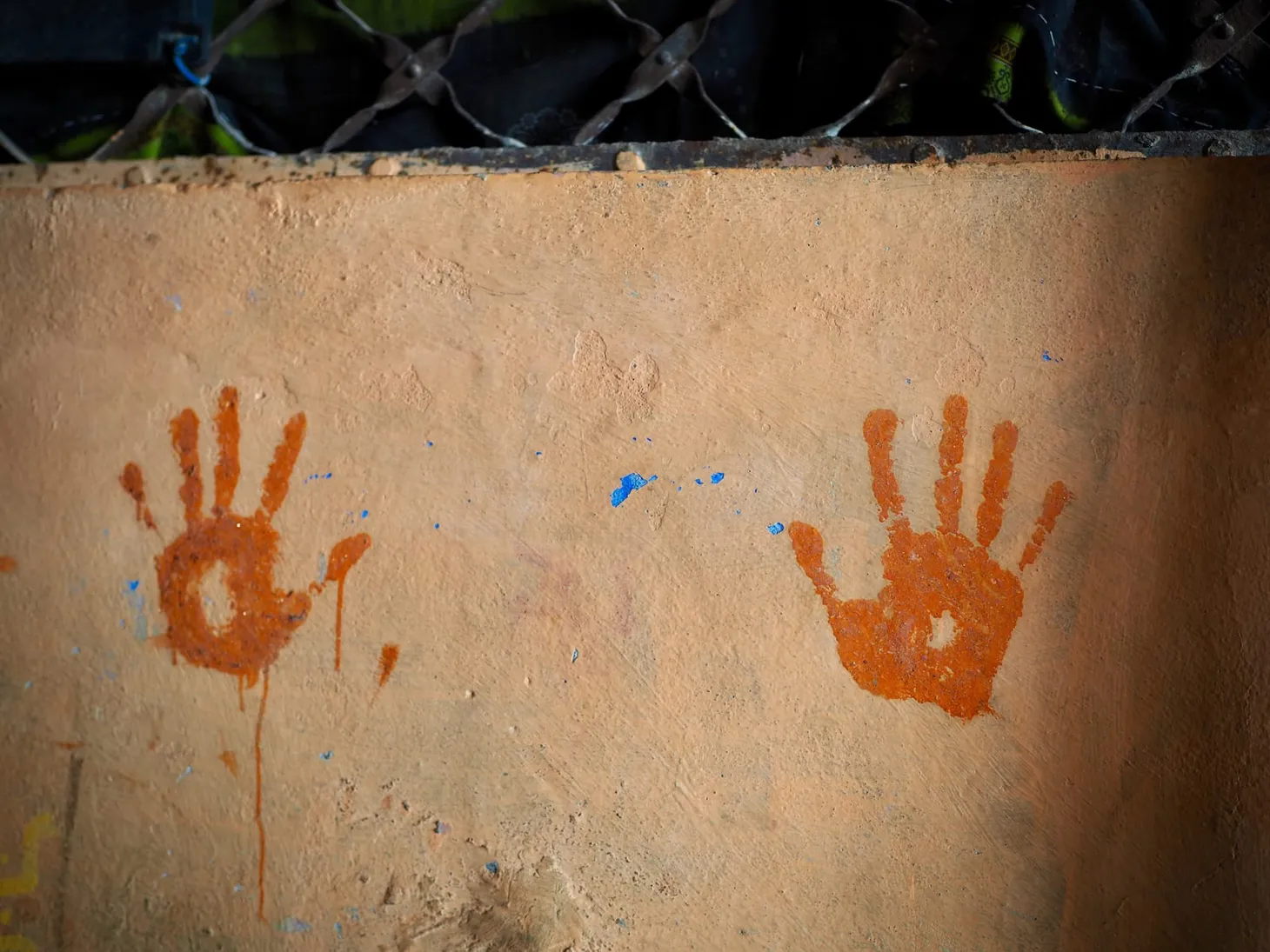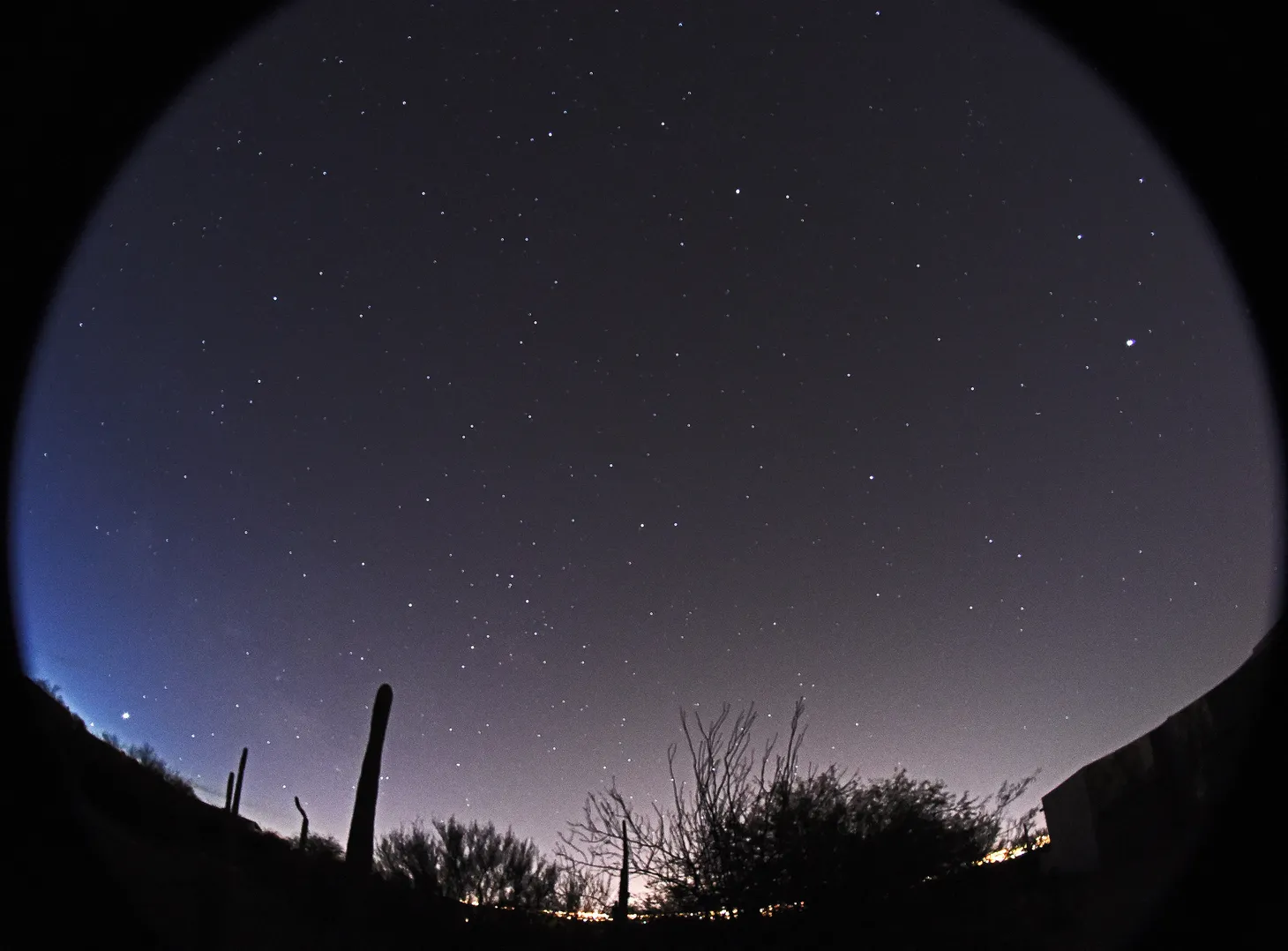Pointing at Things
There's something about making physical movements with the body that helps us to be more intentional. Getting out of our heads and into our bodies gives us more clarity.

It's Menka here with another Just Looking Letter, all about slowing down to notice more with the pointed rays of our attention.
Thanks for sharing your microseasons with me - from "Fancy Frost" to "Sundogs" season, it was wonderful to tune in to where you're at. Here's one from the writer, photographer, and translator Angel Gurría from Cambridge, UK, who says:
"One of my favourite microseasons is that very brief window (four or five days, at most) when the leaves of the gingko trees turn a blazing yellow, and then -- almost overnight -- shed their leaves, leaving puddles of brightness on the ground, as if they had suddenly stepped out of their sunny dresses."

About Pointing And Other Embodied Actions
Humans are thought to be the only animals that point as a way of communicating. Even primates don't understand this gesture. "Look at this," babies learn to say with the tip of a finger. A physical way of communicating, of directing attention.
But how about when we are alone? Is pointing still useful outside of the social context? Yes! It turns out that physical gestures like pointing help to raise our awareness, and orient our own mind towards something specific.
In Japan, for over a century, there is a safety habit followed strictly by railroad staff: "Pointing and Calling" or "Shisa Kanko". It is a simple method that is thought to help achieve mental clarity with repetitive decision tasks by activating both visual and auditory activation. And it reduces human errors by a whopping 85%.
There's something about making physical movements with the body that helps us to be more intentional. Getting out of our heads and into our bodies gives us more clarity. This has also been a recurring theme in my podcast Digital Habit Lab too - it helps to "apply the mind to the physical universe" (episode 1), which is particularly challenging when working on screens.
And so, I'm experimenting with using more physical movements to aid my attention. Whether it's to point my finger, touch and grasp, step closer, or move my head and eyes more towards that which I want my attention to dwell on, or even just bringing more of a smile to my lips - I want to reduce the dominance of the monkey mind alone in deciding my orientation.
Looking Exercise
Noticing What We Point At
Choose a thing and point at it with one of your index fingers. Put down that hand and swap, if you can, so you're using your less dominant hand. Switch your focus between the tip of the finger and the thing. You'll find the finger is blurry when you look at what you're pointing at. Unless you close one eye, which makes it so much easier to point more accurately. Once you're finished playing around with this, step closer to your chosen object and examine it with care.
If you like, pick up your camera or smartphone, point, and shoot! Perhaps that's why mindful photography works so naturally, we twist and turn, crouch and tiptoe and sometimes even smile as we point.

If you give this a go, you can reply to this email with your photo (I love seeing these!), or go big and share it with the wider community on Instagram using #wearejustlooking.
Five Links about Looking
People in Age Order [Watch]
Last time I shared a project by Lenka Clayton about parenthood. This is another one of hers, showing people in age order!
A World Ordered By Search [Read]
When you look for something on your computer, or online, how much do you use nested heirachies and directories vs. simply relying on search?
The Grossness of Everyday Life [See]
Ceramics artist Alma Berrow has the knack of finding humour in the "grossness" of everyday life. Turning trash into art. Using art to elevate. This is often what I am trying to do with my camera too, although using a medium like clay, which tangibly takes longer to work with, makes it even... funnier!

A Meditation on Endings [Read]
I find it fascinating how vigilant we are at noticing beginnings, and how nonchalant we are at noticing endings. Anything to help correct that balance is a worthwhile effort I believe.
Don't Look Up [Watch]
There's a comet bigger than Mt Everest hurling towards the Earth! The film examines all the various human responses we tend to have to this kind of catastrophic news. Grief, anger, disbelief, etc. But when it really sinks in, that this is it, the main characters of the film turn to doing some mundane human things, and yet each moment is intimately filled with grace.
In the words of the climate activist, Charles Eisenstein:
"So it is for any of us when death makes its presence known. We don’t stop doing human things. We attend to the details of material life as before—again, what else is there to do?—but what was always mundane becomes now sacred too."

Feel free to hit reply if you want to point something out, or just say hello. And if you enjoyed this letter, please share it with someone who might like it too.
Your partner-in-curiosity,
Menka
For more:
Just Looking Website
Just Looking Instagram
Noticing – Our Newsletter
Join our newsletter community for monthly inspiration to slow down and stay curious about everyday life and what matters most to you.




